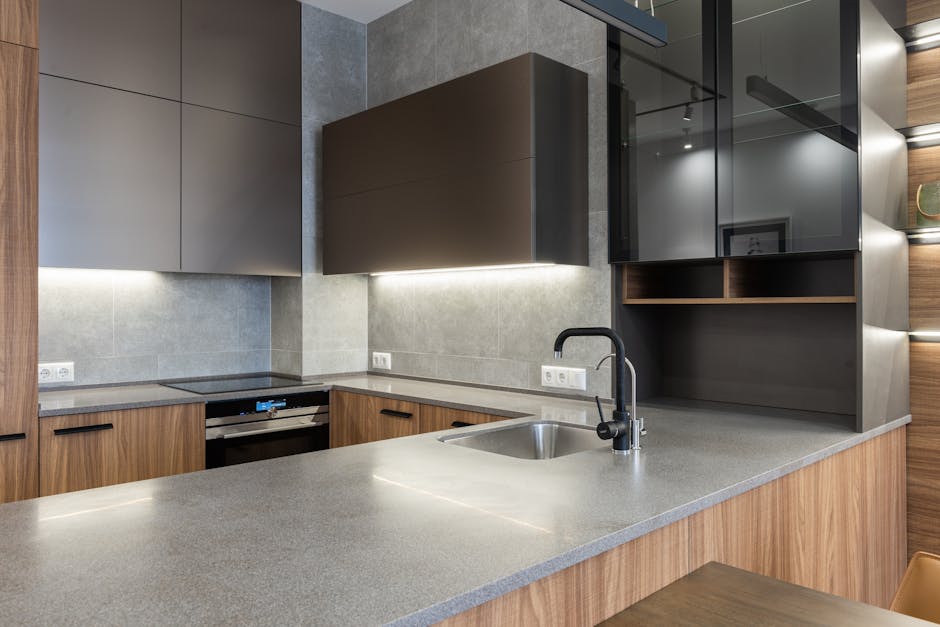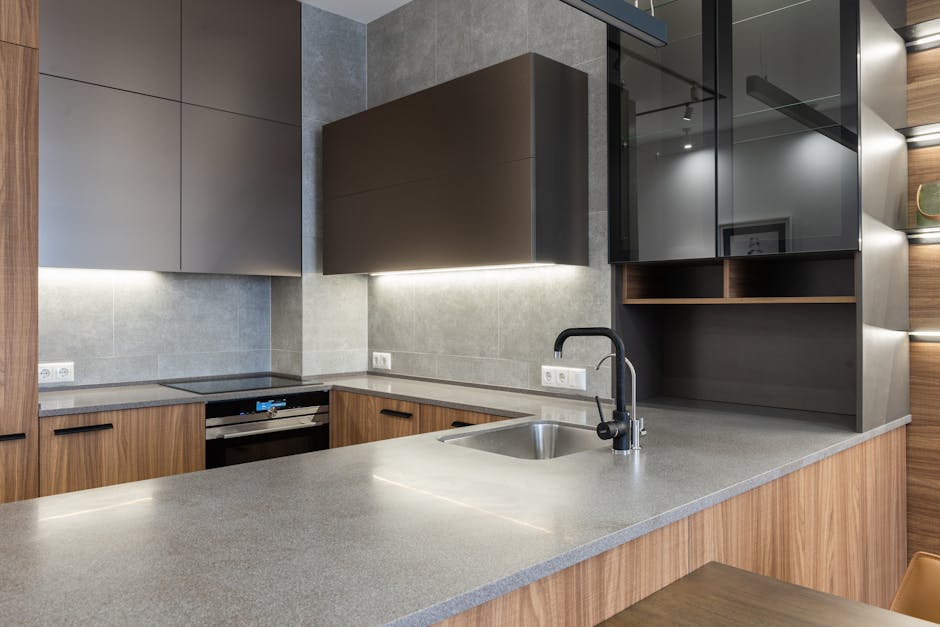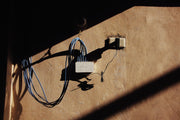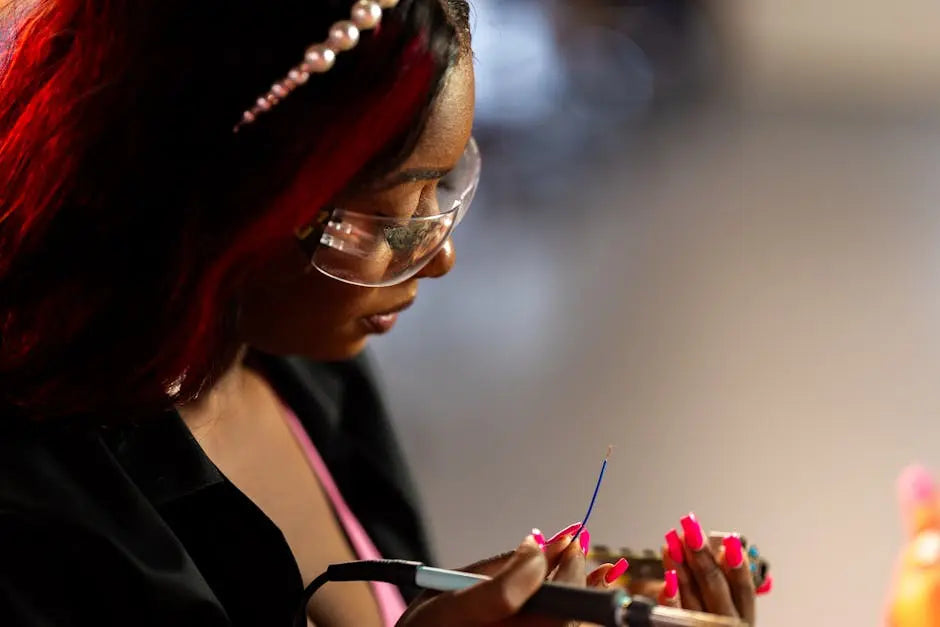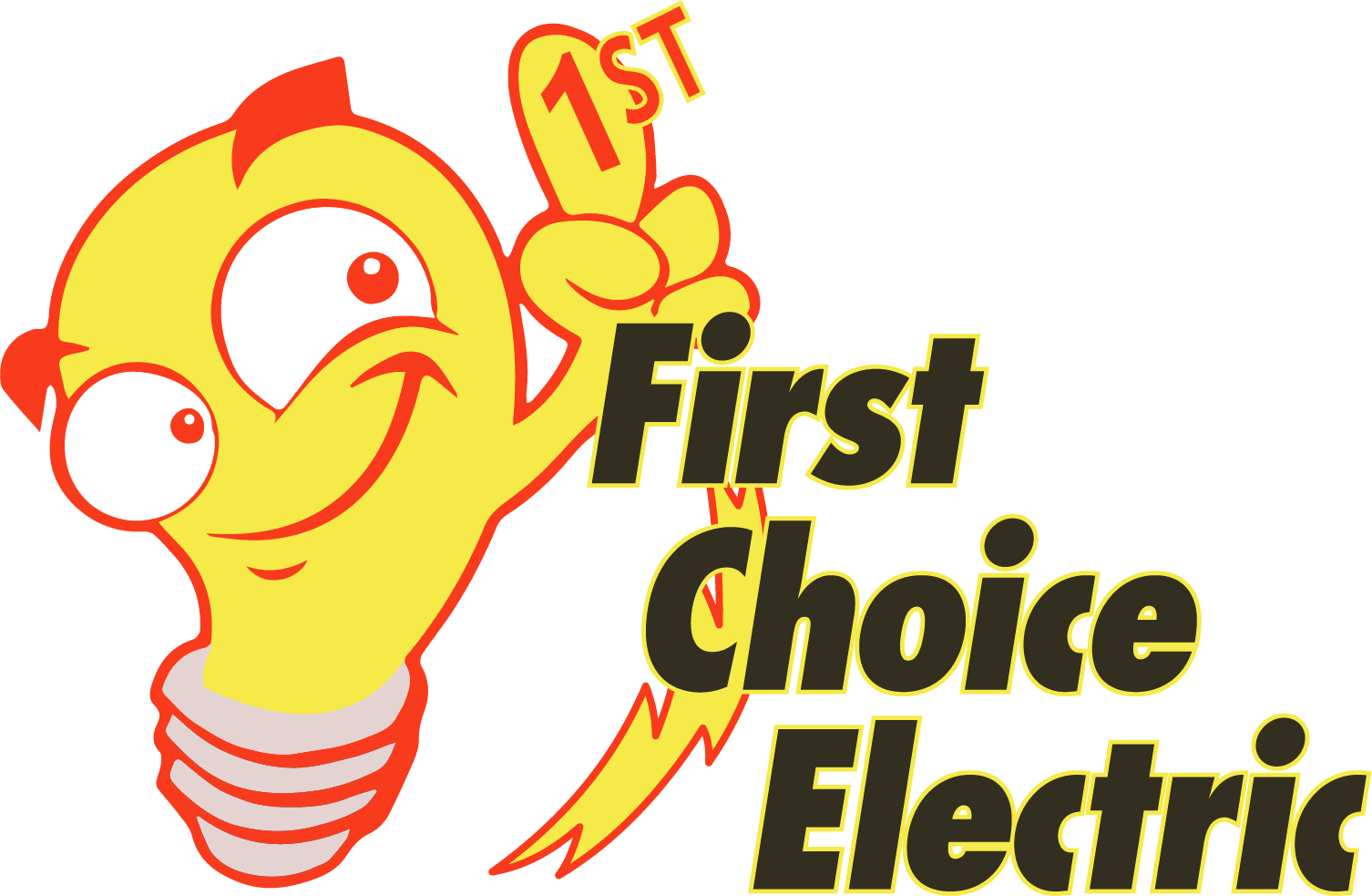The Cost vs. Value of Adding Recessed Lighting to Your St. Charles County Property
Introduction to Recessed Lighting in St. Charles County Homes
Recessed lighting, commonly known as can lights or downlights, is a popular way to update and brighten homes in St. Charles County. These fixtures are installed into an opening in the ceiling, creating a sleek and modern look. They’re not just for looks, though. Recessed lighting offers powerful, efficient lighting that can enhance any room’s ambiance and functionality. Whether you’re considering a kitchen remodel, a living room update, or adding warmth to your basement, recessed lights can meet your needs. Plus, they can make a room feel bigger and more welcoming without taking up valuable space like traditional floor or table lamps. When thinking about adding recessed lighting to your home, remember it’s not just about the initial cost. It’s also an investment in your property’s value and appeal.
Understanding the Basics of Recessed Lighting
Recessed lighting, also known as can lights or downlights, is a popular choice for homeowners looking to add a modern touch to their interiors. These lights are installed into an opening in the ceiling, forming a sleek and clean look that doesn’t intrude into the living space. The basic idea is simple: instead of bulbs hanging down or fixtures sticking out, recessed lighting sits flush with the ceiling, blending seamlessly while providing even, direct lighting to the room.
Choosing the right recessed lighting involves considering the size of the room, ceiling height, and the desired ambiance. The size of the light, typically measured in inches, directly affects the spread and intensity of the light. Smaller sizes are great for focused lighting, while larger ones provide general room illumination. Plus, you’ll hear about “IC rated” versus “non-IC rated” fixtures. IC rated means insulation contact rated; these are safe to be in direct contact with ceiling insulation, reducing the risk of fire.
The beauty of recessed lighting lies in its versatility. It can highlight artwork, light up work areas, or create a warm, ambient glow throughout your space. With different trim options and bulbs, including energy-efficient LEDs, you can customize the look and feel of each room. So, when thinking about adding value and style to your St. Charles County home, understanding these basics about recessed lighting is a solid start.
The Average Cost of Installing Recessed Lighting
Adding recessed lighting to a room has a way of making it look just right—brighter and more inviting. But before you dive in, let’s talk numbers. On average, homeowners spend around \(150 to \)250 per light fixture when it comes to installing recessed lighting. This price does have a range though. If you’re looking to just install a few lights in a single room, your wallet might feel a bit lighter, missing only about \(360 to \)540. But, let’s say you’re thinking bigger, and you want to light up multiple rooms, this is where it gets hefty. A full-house installation can quickly climb up to \(2,000 to \)5,000. Why such a big range? Well, several things play into cost. The type of lights you choose—LEDs might cost more upfront but save you cash on your electric bill down the line. Also, the structure of your home can affect the price. Older homes might need additional wiring or ceiling support. Plus, the rates of the electrician you hire can vary significantly. But remember, even though it might sound pricey, good lighting can change the whole vibe of your place, making it a smart investment for many.
Factors Influencing the Cost of Recessed Lighting Installation
Several factors can swing the cost of installing recessed lighting in your property. First off, the number of lights you plan to install plays a big role. More lights, more money. Simple. Then, there’s the type of lighting fixture. You got options like LED, which can be pricier upfront but saves bucks on your energy bill in the long run. Don’t forget the design complexity. If your ceiling looks like a maze, expect to pay more for the installation hassle. Plus, existing wiring in your place can either be a money saver or an extra expense. Good wiring in place? You’re probably good to go. Not so much? Brace yourself for additional costs. Lastly, the professional you hire matters. Experienced electricians might charge more, but they get the job done right. Remember, cutting corners with a less experienced pro can lead to spending more later on fixes. So, weigh your options.
The Value Added to Your Property by Recessed Lighting
Recessed lighting can transform any room, making it look brighter, bigger, and more inviting. When thinking about adding value to your St. Charles County property, consider this: homes with better lighting appeal more to buyers. Better appeal means your property could sell faster and for a higher price. While exact numbers vary, some real estate professionals suggest that the right lighting could increase your home’s value by up to 3%. That might not sound like a lot, but on a \(300,000 home, that's an extra \)9,000 in your pocket. Remember, it’s not just about adding lights. It’s about strategic placement to highlight the best features of your home, like under cabinet lights in the kitchen or accent lights showcasing artwork. Simply put, recessed lighting isn’t just a cost; it’s an investment in your home’s future value.
Comparing Initial Investment vs. Long-term Benefits
When you think about adding recessed lighting to your property, the upfront costs might seem intimidating. But, let’s break it down. The initial investment for recessed lighting can vary, mainly depending on the size of the space, the quality of fixtures you choose, and whether you’re doing a retrofit or working during a remodel. Generally, the price ranges from \(100 to \)200 per fixture when you include installation by a professional. Sure, that’s money out of your pocket now. But stick with me here.
Let’s talk about the flip side - the long-term benefits. First, recessed lighting has a way of making a room feel bigger and more inviting, which can add a wow factor to your property. This could translate into higher property values if you ever decide to sell. Lighting plays a huge role in home staging and can make your property stand out in the St. Charles County real estate market.
Then there’s the energy efficiency aspect. By opting for LED bulbs in your recessed lighting, you’re looking at savings on your energy bill. LED bulbs use at least 75% less energy and last 25 times longer than incandescent lighting. This means you’re not just saving on the monthly bills but also on replacement costs in the long run.
So, yes, the initial cash might pinch a bit. But when you weigh it against the enhanced home value, the energy savings, and the aesthetic appeal, it’s clear that recessed lighting is more of an investment than an expense.
How Recessed Lighting Enhances the Aesthetics of Your Home
Recessed lighting can transform any room from ordinary to spectacular. By installing lights directly into the ceiling, you create a seamless look that not only brightens the space but also gives it a modern, sleek appearance. This type of lighting can spotlight artwork, illuminate workspaces, or just set the perfect mood in a living area. The beauty of recessed lighting lies in its versatility and ability to blend with any home decor. Whether your style is traditional, contemporary, or rustic, these lights enhance every nook and corner, making your home look more inviting and spacious. Plus, the ability to control brightness with dimmers can quickly change a room’s vibe, making it cozy for a movie night or bright for a study session. In short, recessed lighting is a game-changer in boosting your home’s aesthetics.
Recessed Lighting and Energy Efficiency: A Cost-Saving Measure
Switching to recessed lighting isn’t just about giving your space a modern look. It’s a smart move for your wallet in the long run, thanks to its energy efficiency. These lights sit flush with your ceiling, offering a sleek appearance, but the real magic happens with your energy bills. Recessed LED lights, for example, use about 75% less energy than the old-school incandescent ones. This means if you’re lighting up your home for hours every day, the savings on your energy costs can be significant. Plus, LED bulbs have a lifespan that can exceed 20 years, reducing the need for frequent replacements. So, while the upfront cost of installing recessed lighting might make you pause, the long-term savings on energy and maintenance costs paint a different picture. You’re not just upgrading your property’s style; you’re investing in its efficiency.
Professional vs. DIY Installation: What’s Best for Your Budget?
When it comes to adding recessed lighting to your home in St. Charles County, you’ve got two routes: professional installation or the DIY way. Let’s talk numbers and sense. Hiring a pro means shelling out more cash upfront. You’re not just paying for the lights but also for the electrician’s expertise, time, and the assurance that the job’s done right. Costs can vary widely, but think in the ballpark of \(100 to \)200 per light when all’s said and done. This includes planning, installation, and making sure everything’s up to code.
Now, rolling up your sleeves and doing it yourself might seem like a wallet-friendly option. If you’re handy and familiar with electrical work, you could cut costs significantly. You’d be looking at just the price of materials, so maybe \(20 to \)50 per light, depending on the quality and brand you choose. But, and it’s a big but, there’s risk involved. Mistakes can lead to damage, not just to your home but potentially to yourself. Plus, if it’s not done to professional standards, you might find yourself redoing the work sooner than you’d like.
So, what’s best for your budget? If you’re confident in your skills and aware of the risks, DIY can save you some dough. But if you want peace of mind knowing it’s done right and done safely, professional installation is the way to go. It’s not just about the initial costs but also the long-term value and safety of your home.
Conclusion: Is Recessed Lighting Worth the Investment in St. Charles County?
After digging into tons of details, numbers, and opinions on recessed lighting, it boils down to this: is it worth pouring money into for your St. Charles County property? Let’s keep it simple. Recessed lighting ups your home’s vibe, adding that sleek, modern look everyone seems to crazy about. Beyond aesthetics, it also makes rooms feel bigger and brighter, something that always ranks high on the liveability chart. From a pure numbers stance, properties in St. Charles County with upgrades like recessed lighting often fetch a higher market price. Why? Because these homes stand out. They offer that move-in-ready appeal that draws buyers in, potentially speeding up your sale and padding your pocket.
On the flip side, the initial cost isn’t pocket change. Depending on the complexity, you’re looking at shelling out for the lights, installation, and maybe even some unexpected fixes if your home hides some quirks behind its walls. Yet, when you balance the scales - cost versus benefit - the scales tip towards benefit. Homes with that polished, finished look, thanks to upgrades like recessed lighting, command attention in the real estate world. So, if you’re playing the long game, investing in recessed lighting isn’t just about spending money. It’s about strategically boosting your property’s value and appeal in the competitive St. Charles County market.


